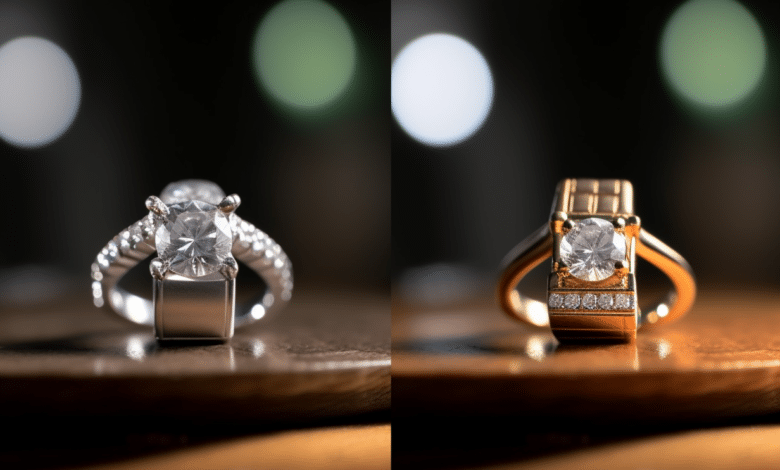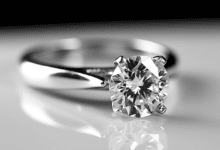5 Key Differences Between Home and Ring Insurance Coverage

When it comes to safeguarding your valuables, having the right insurance coverage is crucial. While home insurance policies may provide some protection for your jewelry, they often have limitations and may not offer adequate coverage for high-value items like rings. In this article, we’ll explore the key differences between home insurance riders and ring insurance coverage, helping you make an informed decision about protecting your precious possessions.
Having the appropriate insurance coverage is essential for safeguarding your valuable possessions. Although home insurance policies may offer some level of protection for your jewelry, they typically have limitations that may not adequately cover high-value items such as rings. Therefore, it is crucial to understand the distinctions between home insurance riders and specialized ring insurance coverage. By doing so, you can make an informed decision regarding the best way to protect your precious belongings.
1. Coverage Limits
One of the primary differences between home insurance riders and ring insurance coverage lies in the coverage limits. Typically, home insurance policies have a cap on the amount they will pay out for jewelry and other valuables, often ranging from $1,000 to $5,000. However, if you own a high-value ring or a collection of fine jewelry, this limit may not be sufficient to cover the replacement cost in case of loss, theft, or damage.
On the other hand, ring insurance policies are designed specifically to cover the full value of your jewelry. These policies allow you to insure your ring for its appraised value, ensuring that you are adequately protected in the event of an unfortunate incident.
2. Coverage Scope
Home insurance policies generally provide coverage for jewelry and other valuable items within the confines of your home or in certain limited circumstances outside the home. However, ring insurance coverage is often more comprehensive, protecting your ring from a broader range of perils, including loss, theft, damage, and even mysterious disappearance.
Additionally, ring insurance policies may also cover repairs or resizing, ensuring that your ring remains in pristine condition throughout its lifetime. This level of protection is often not included in standard home insurance policies.
3. Deductibles and Premiums
When it comes to deductibles and premiums, there are significant differences between home insurance riders and ring insurance coverage. Home insurance policies typically have a higher deductible, which can range from $500 to $2,000 or more, depending on the policy and the insurer.
In contrast, ring insurance policies often have lower or no deductibles, making it easier to file a claim and receive the full value of your ring in case of loss or damage. Additionally, the premiums for ring insurance are usually lower than the cost of adding a rider to your home insurance policy, making it a more affordable option for protecting your valuable jewelry.
4. Claim Process
The claim process for home insurance riders and ring insurance coverage can vary significantly. When filing a claim through your home insurance policy, you may need to navigate a complex process with multiple steps and potential delays. This can be particularly frustrating when dealing with the loss or damage of a high-value item like a ring.
On the other hand, ring insurance providers often offer a streamlined and dedicated claim process, with specialists who understand the sentimental and monetary value of your jewelry. This can result in a smoother and more efficient experience, allowing you to receive your claim payout or replacement ring in a timely manner.
5. Appraisal Requirements
To ensure accurate coverage and valuation, both home insurance riders and ring insurance policies typically require an appraisal of your jewelry. However, the requirements and frequency of appraisals may differ between the two types of coverage.
- Home insurance policies often require periodic appraisals, usually every few years, to ensure that the coverage amount reflects the current market value of your jewelry.
- Ring insurance policies, on the other hand, may require a one-time appraisal at the time of purchase or renewal, providing you with the convenience of not having to regularly update your appraisal unless you make significant changes to the ring.
By understanding these key differences, you can make an informed decision about the best way to protect your valuable ring and ensure that you have the appropriate coverage in place. Whether you choose a home insurance rider or a dedicated ring insurance policy, it’s essential to carefully review the terms and conditions to ensure that your precious jewelry is adequately safeguarded.












